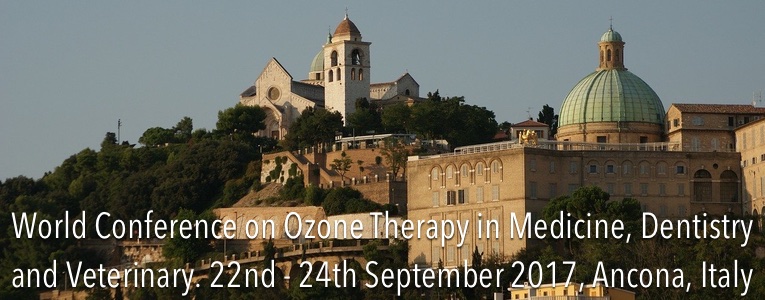
Oxidative stress, aesthetics and ozone therapy: the role of biological markers [abstract]
Abstract
Oxidative di-stress is also involved in the pathophysiology of aesthetic as well as dermatological diseases like photo-aging, wrinkles, cellulite, and delayed wound healing (4). Unfortunately oxidative stress does not show any specific clinical picture but can be diagnosed only by means of specific biochemical tests on biological fluids (5). This approach led to the development of new branch of applied biochemistry and molecular diagnostics called Redoxomics (6).
Redoxomics is a novel branch of “applied biochemistry” and “molecular diagnostics” having the following aims: i) to analyse the structure, the physiological role and the distribution of OCS and antioxidant systems in a living organism; ii) to identify the reciprocal interactions of oxidant and antioxidant systems – in the general flow of information – in a biological system (cell, tissue, organ, apparatus, system, whole organism) in a defined step of its development, in basic conditions as well as after potentially stressful stimuli; iii) to evaluate the implications of these findings by the view-point of epidemiology, patho-physiology, clinics, pharmacology and so on (6).
On the basis of a Redoxomics profile the clinicians as well as the surgeons can identify early this new syndrome and to fight it by using not only more properly the conventional strategies but also new approach based on lifestyle changes (3), physiological redox modulators (7), biocompatible biomaterials (e. g. threads) (8, 9), gases (e. g. oxygen infusion/propulsion, carboxy therapy, ozone therapy) (10) which action is aimed to modulate the redox system function. Indeed the maintenance of a optimal oxidative balance is becoming one of the true pre-requisite “to be beautiful on the outside and on the inside”.
Keywords
Full Text:
PDFReferences
Iorio EL. Free radicals, antioxidants and oxidative stress in aesthetic medicine and dermatology. Eur J Aesthet Med Dermatol. 2016;6(1):9-47.
Dalle-Donne I, Rossi R, Colombo R, Giustarini D, Milzani A. Biomarkers of oxidative damage in human disease. Clinical Chemistry. 2006;52(4):601–623.
Iorio EL. Lifestyle-related diseases and oxidative stress. Official Journal of Japan Society of Ningen Dock. 2009;24(2):612.
Iorio EL. Oxidative stress evaluation and hustological analysis in the assessment of cellulite: lights and shadows towards a multidisciplinary apporach. Eur J Aesthet Med Dermatol. 2015;3(2):46–53.
Iorio EL, Balestrieri ML. [The oxidative stress] In: Burlina A. Trattato Italiano di Medicina di Laboratorio. Ed. Balestrieri C Piccini, Padua-Italy; 2009. p. 533–549.
Iorio EL, Marin MG. Redoxomics. An integrated and practical approach to genomics, metabolomics and lipidomics to manage oxidative stress. Gen-T. 2008;2:67.
Cornelli U, Iorio EL. Antiossidanti. Aspetti terapeutici e diagnostici. Guna Ed, Milano; 2007.
Atiyeh BS, Dibo SA, Costagliola M, Hayek SN. Barbed sutures "lunch time" lifting: evidence-based efficacy. J Cosmet Dermatol. 2010;9(2):132-1341.
Suh DH, Jang HW, Lee SJ, Lee WS, Ryu HJ. Outcomes of polydioxanone knotless thread lifting for facial rejuvenation. Dermatol Surg. 2015;41(6):720–772.
Zanardi I, Borrelli E, Valacchi G, Travagli V, Bocci V. Ozone: a multifaceted molecule with unexpected therapeutic activity. Curr Med Chem. 2016;23(4):304–314.
Refbacks
- There are currently no refbacks.
![]() Journal of Ozone Therapy (JO3T)
Journal of Ozone Therapy (JO3T)
The Official Peer Reviewed Journal of the World Federation of Ozone Therapy (WFOT)
ISSN 2444-9865
